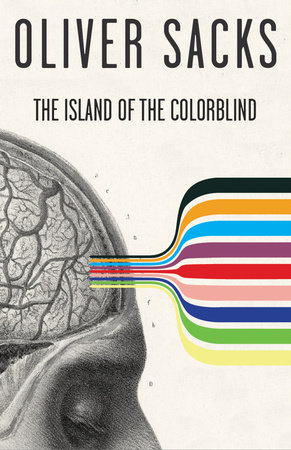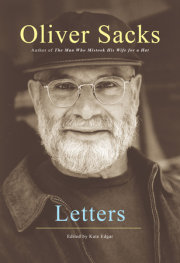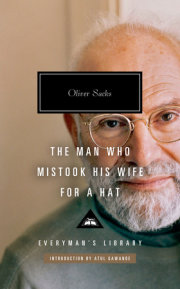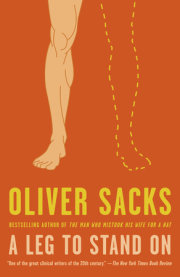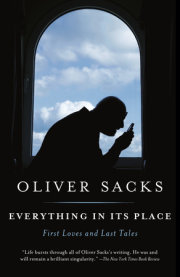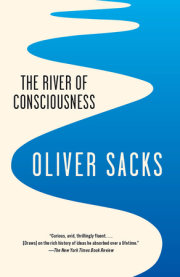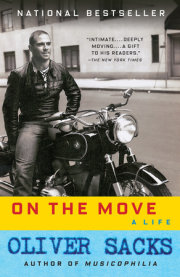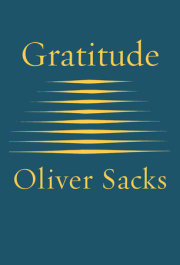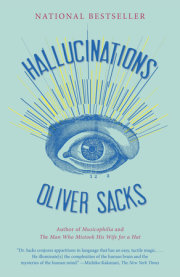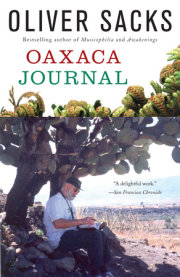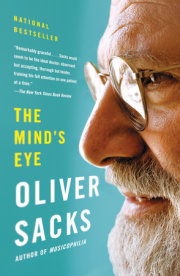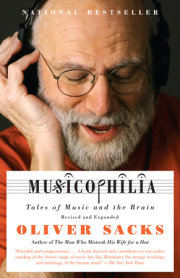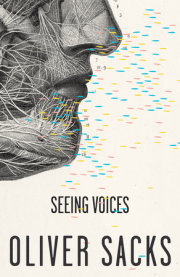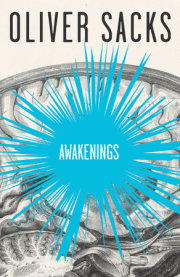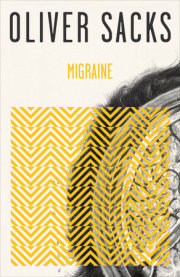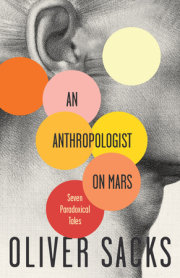Islands have always fascinated me; perhaps they fascinate everyone. The first summer holiday I remember -- I was just three years old -- was a visit to the Isle of Wight. There are only fragments in memory -- the cliffs of many-colored sands, the wonder of the sea, which I was seeing for the first time: it's calmness, its gentle swell, its warmth, entranced me; its roughness, when the wind rose, terrified me. My father told me that he had won a race swimming round the Isle of Wight before I was born, and this made me think of him as a giant, a hero.
Stories of islands, and seas, and ships and mariners entered my consciousness very early -- my mother would tell me about Captain Cook, about Magellan and Tasman and Dampier and Bougainville, and all the islands and peoples they had discovered, and she would point them out to me on the globe. Islands were special places, remote and mysterious, intensely attractive, yet frightening too. I remember being terrified by a children's encyclopedia with a picture of the great blind statues of Easter Island looking out to sea, as I read that the Islanders had lost the power to sail away from the island and were totally cut off from the rest on humanity, doomed to die in utter isolation.
I read about castaways, desert islands, prison islands, leper islands. I adored
The Lost World, Conan Doyle's splendid yarn about an isolated South American plateau full of dinosaurs and Jurassic lifeforms -- in effect, an island marooned in time (I knew the book virtually by heart, and dreamed of growing up to be another Professor Challenger.)
I was very impressionable and readily made other people's imaginings my own. H.G. Wells was particularly potent--all desert islands, for me, became his Aepyornis Island or, in a nightmare mode, the island of Dr. Moreau. Later, when I came to read Herman Melville and Robert Louis Stevenson, the real and the imaginary fused in my mind. Did the Marquesas actually exist? Were
Omoo and
Typee actual adventures? I felt this uncertainty most especially about the Galapagos, for long before I read Darwin, I knew of them as the "evilly enchanted" isles of Melville's
Encantadas.
Later still, factual and scientific accounts began to dominate my reading -- Darwin's
Voyage of the Beagle, Wallace's
Malay Archipelago, and my favorite, Humboldt's
Personal Narrative (I loved especially his description of the six thousand year old dragon tree on Tenerife) -- and now the sense of the romantic, the mythical, the mysterious, became subordinated to the passion of scientific curiosity. For islands were, so to speak, experiments of nature, places blessed or cursed by geographic singularity to harbor unique forms of life -- the aye-ayes and pottos, the lorises and lemurs of Madagascar; the great tortoises of the Galapagos; the giant flightless birds of New Zealand -- all singular species or genera which had taken a separate evolutionary path in their isolated habitats. And I was strangely pleased by a phrase in one of Darwin's diaries, written after he had seen a kangaroo in Australia and found this so extraordinary and alien that he wondered if it did not represent a second creation.
As a child I had visual migraines, where I would have not only the classical scintillations and alterations of the visual fields, but alterations in the sense of color too, which might weaken or entirely disappear for a few minutes. This experience frightened me, but tantalized me too, and made me wonder what it would be like to live in a completely colorless world, not just for a few minutes, but permanently. It was not until many years later that I got an answer, at least a partial answer in the form of a patient, Jonathan I., a painter who had suddenly become totally colorblind following a car accident (and perhaps a stroke). He had lost color vision not through any damage to his eyes, it seemed, but through damage to parts of the brain which "construct" the sensation of color. Indeed, he seemed to have lost the ability not only to see color, but to imagine or remember it, even to dream of it. Nevertheless, like an amnesiac, he in some way remained conscious of having lost color, after a lifetime of chromatic vision, and complained of his world feeling impoverished, grotesque, abnormal--his art, his food, even his wife looked "leaden" to him. Still, he could not assuage my curiosity on the allied, yet totally different, matter of what it might be like never to have seen color, never to have had the least sense of its primal quality, its place in the world.
Ordinary colorblindness, arising from a defect in the retinal cells, is almost always partial, and some forms are very common: red-green colorblindness occurs to some degree in one in twenty men (it is much rarer in women). But total congenital colorblindness, or achromatopsia, is surpassingly rare, affecting perhaps one person in thirty or forty thousand. What, I wondered, would the visual world be like for those born totally colorblind? Would they, perhaps, lacking any sense of something missing, have a world no less dense and vibrant than our own? Might they even have developed heightened perceptions of visual tone and texture and movement and depth, and live in a world in some ways more intense than our own, a world of heightened reality--one that we can only glimpse echoes of in the work of the great black-and-white photographers? Might they indeed see us as peculiar, distracted by trivial or irrelevant aspects of the visual world, and insufficiently sensitive to its real visual essence? I could only guess, as I had never met anyone born completely colorblind.
. All rights reserved. No part of this excerpt may be reproduced or reprinted without permission in writing from the publisher.





